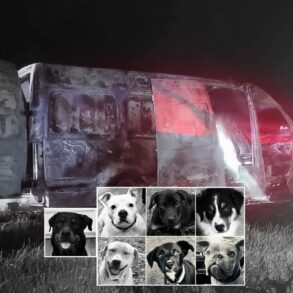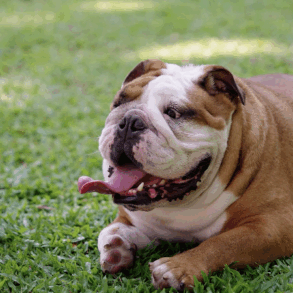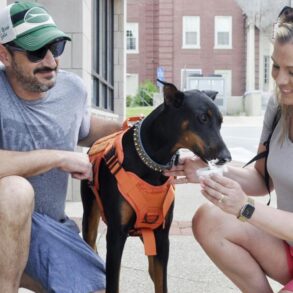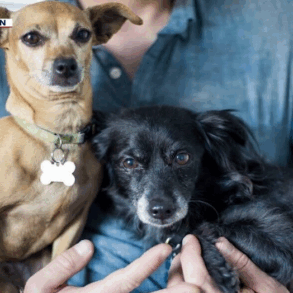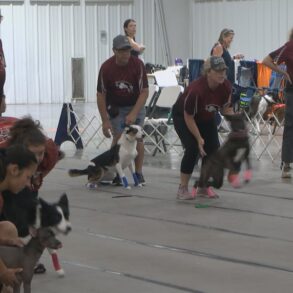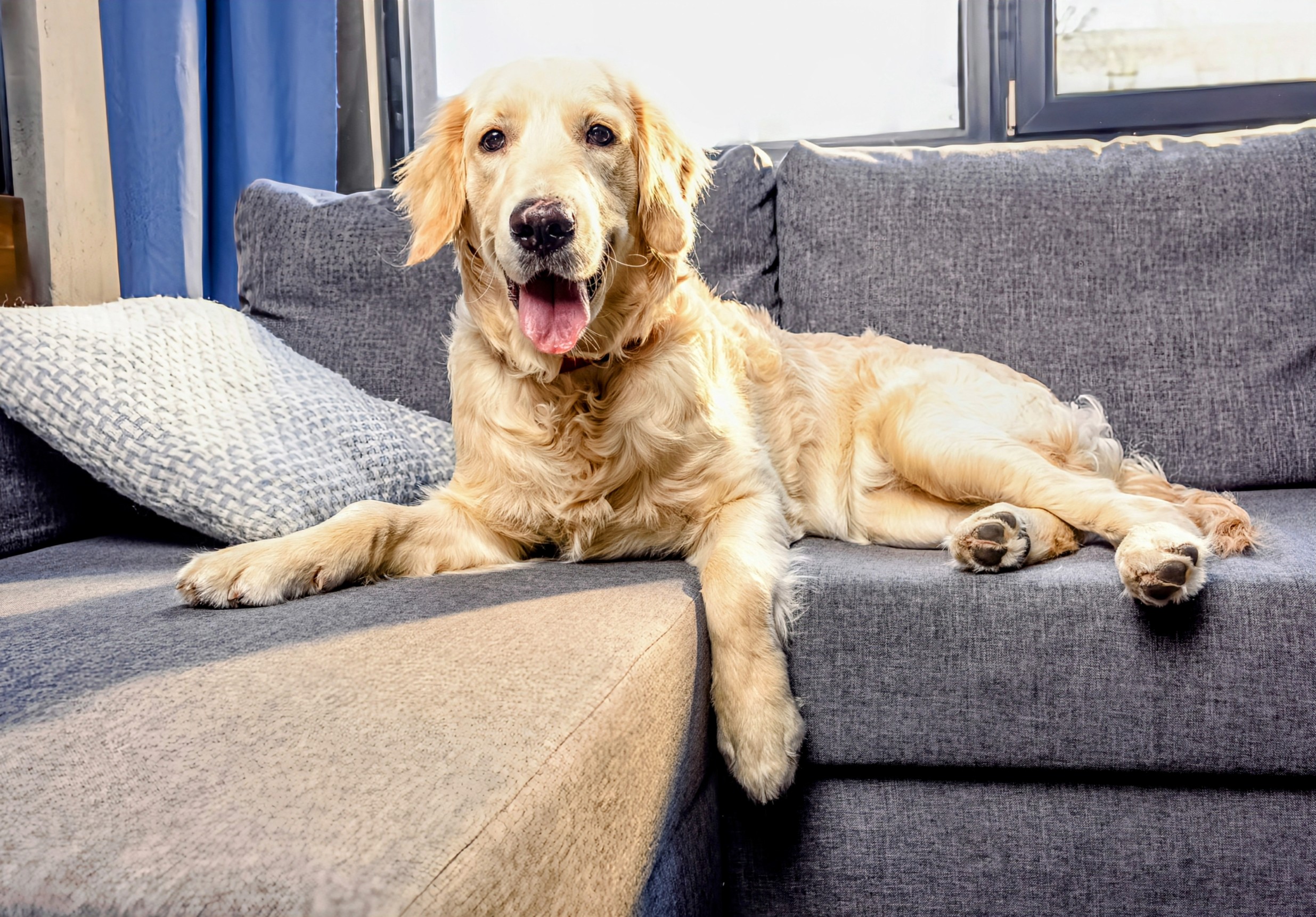
The dogs we love to cuddle, play fetch with and spoil rotten may be continuously evolving. Nestled comfortably in our modern living rooms, dogs are no longer mere hunting aids or guards of our homes but cherished companions that are integral to our lives.
This change has not only transformed their nature but is also fueling a new wave of dog domestication, a novel concept shedding light on the complex dynamics of dog-human relationships.
A few decades ago, dogs were purpose-oriented animals charged with hunting, herding livestock, and offering protection. Today, the dynamics have shifted as their primary role has morphed into companionship.
Modern living and dog evolution
Our fast-paced, contemporary lifestyle is largely sedentary, trading large, open spaces for urbanized environments.
This shift in human lifestyle has extended to our pets, changing their nature and behavior. This societal evolution and our enduring desire for friendly, tranquil pets is driving what experts are calling a dramatic third wave of dog domestication.
Evolving relationships with dogs
This shift mirrors an uprising in oxytocin levels within dogs. Oxytocin, often referred to as the “love hormone,” is a key player in social bonding. This hormone is credited for dogs’ innate desire to interact with their human counterparts.
A research team from Sweden’s Linköping University, led by canine experts Brian Hare and Vanessa Woods, delved deeply into understanding how our modern lifestyle has affected dogs’ genetic traits.
Hare, an evolutionary-anthropology professor at Duke University, and Woods, manager of the Duke Canine Cognition Center’s Puppy Kindergarten program, provide new insight into the evolving man-dog relationship.
Social behavior of dogs
The study involved a detailed observation of 60 golden retrievers attempting to open a treat jar. The dogs were subjected to this task twice – once after receiving oxytocin nasal spray and once after receiving a neutral saline nasal spray.
The findings suggested that dogs with a specific genetic variant of the oxytocin receptor responded stronger to the oxytocin spray. This genetic variant made them more likely to seek help from their owners.
The experiment reaffirmed that oxytocin levels influence a dog’s social skills and its ability to communicate with humans.
The research emphasizes that dogs’ social skills are partially genetic. Their sensitivity to oxytocin and social behavior stem from their genes.
Changes in evolving dogs
The concept of a third wave of domestication is further backed by the behavioral differences noticed in service dogs. These dogs are a far cry from the active hunters or alert guard dogs. They are trained professionals, suited to their owners’ 21st-century lives due to their uniquely friendly dispositions.
Dogs previously held roles as working animals – hunting, herding, and guarding. Unlike their modern counterparts, they were conditioned to be active and alert.
However, the recent rise in urbanization and the shift to indoor living has sparked a stark contrast in canine behavior, rendering some historical traits maladaptive.
“Unlike most pet dogs, service dogs are attracted to strangers, even as puppies,” noted the researchers. “And increasing friendliness seems to have changed these dogs’ biology, just as it did thousands of years ago.”
Domestication of evolving dogs
The journey of canine domestication is traced back between 40,000 and 14,000 years, starting with the first wave when humans were foragers.
Stray wolves adapted to human settlements for a predictable food source, gradually replacing fear and aggression with fascination and attraction to humans.
The second wave of domestication began post the industrial revolution. With an increase in disposable income, the bourgeoise bred dogs for specific physical traits, reflective of their status.
This era gave birth to most of the 200 dog breeds recognized by the American Kennel Club today.
Third wave of dog domestication
The key difference of the third wave of domestication is its main focus – tailoring dogs’ personalities to our modern world.
“For the happiness of dogs and their owners, humans need to breed and train more dogs like service animals, embarking on a new wave of dog domestication to help them fit into the new world we have created,” noted the researchers.
To meet the needs of this evolving paradigm, breeding and training dogs akin to service animals will become increasingly important.
It’s not just about wagging tails, but forging a path that ensures we have dogs suited to the new world we have created, bringing happiness to both dogs and their human caretakers.
—–
Like what you read? Subscribe to our newsletter for engaging articles, exclusive content, and the latest updates.
Check us out on EarthSnap, a free app brought to you by Eric Ralls and Earth.com.
—–
This post was originally published on this site be sure to check out more of their content.













